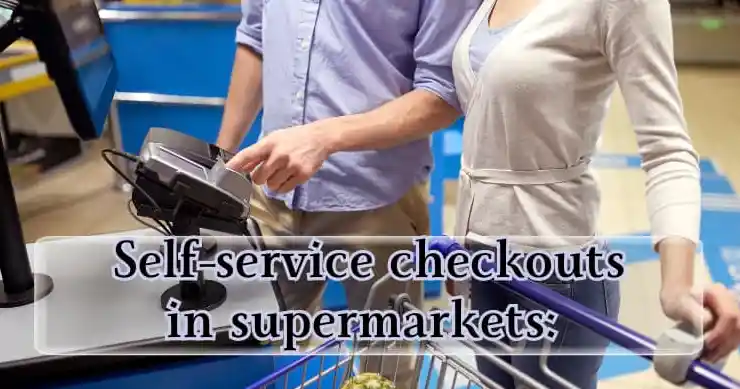Self-service checkouts lanes are trending. More and more markets are making them available to their customers. But the high-tech devices don’t just offer advantages.
Berlin, The number of self-service checkouts is growing rapidly. Many supermarkets, drugstores and hardware stores have long had checkouts where customers can do their own shopping. While there were 2,310 stores in 2021, 5,010 stores already offered self-checkout cash registers (SCO) in 2023. This corresponds to an increase of 117 percent.
Self-service checkouts comes in two variants. Both can already be found in German retailers. At stationary SCOs, customers shop as usual. At the end, they scan their goods and carry out the payment process themselves. In 2023, there were 4,270 stores nationwide where stationary SCO was available to customers. Compared to 2021, the share of these funds has increased by 153 percent.
Number of stores with Self-service checkouts lanes
Stationary and mobile offers, every August of the year
In addition, last year there were 2,152 stores that offer so-called Self-service checkouts. Anyone shopping can use a hand scanner, a scanner on the shopping cart or an app on their smartphone to scan the goods while shopping – instead of just at the end. At least two of these variants were available to customers in around 1,400 stores in Germany.

Grocery stores are pioneers
Food retailers in particular offer their customers the opportunity to do their shopping using self-service checkouts. 60 percent of all stores that offer such checkouts are supermarkets. Drugstores and hardware stores each have a share of 15 percent.
If the SCO system provides a personal advantage – such as shorter waiting times – acceptance of the system increases, according to the retail research institute EHI. The advantage for retailers is that the staff, some of whom are already scarce, can be deployed elsewhere. However: The systems are maintained in retail by at least one employee. There may be technical problems that customers cannot solve themselves. An employee must also assist when purchasing alcohol or cigarettes.
Anyone who introduces such a system must first invest: According to EHI, the installation of four Self-service checkouts cash registers can require a six-figure investment. That’s why it’s also important to think about the target group. After all, anyone who introduces a new system wants it to be used. Older people in particular still prefer to pay in cash.
There are also self-service checkouts where cash can be paid. But according to EHI, this results in a significantly higher maintenance intensity than with pure card payment systems. Drugstores therefore only offer self-service checkouts with card payment.
Conventional cash registers will remain for now
One criticism of this type of payment: Thieves have an easy time of it. Products could go into the shopping cart Self-service checkouts and out of the store without being scanned. However, German retailers want to put a stop to this through various security systems – for example through exit gates, weight checks using scales or AI systems.
According to information from German grocers, there has so far been no major inventory damage: “Detections of shoplifting account for far less than one per thousand of our customer contacts,” said a Kaufland spokesman to the Editorial Network Germany (RND). Kaufland currently has around 1,100 SCO cash registers in use in 190 branches. The customer response was very positive, said the spokesman. Around 40 percent of customers would use this.
So far, however, these self-service checkouts in food retail have only served as a supplementary offering. The discounter Lidl also confirmed this when asked by RND: “In our opinion, Self-service checkouts will fundamentally not replace conventional checkouts. Rather, we offer our customers an additional service.”
